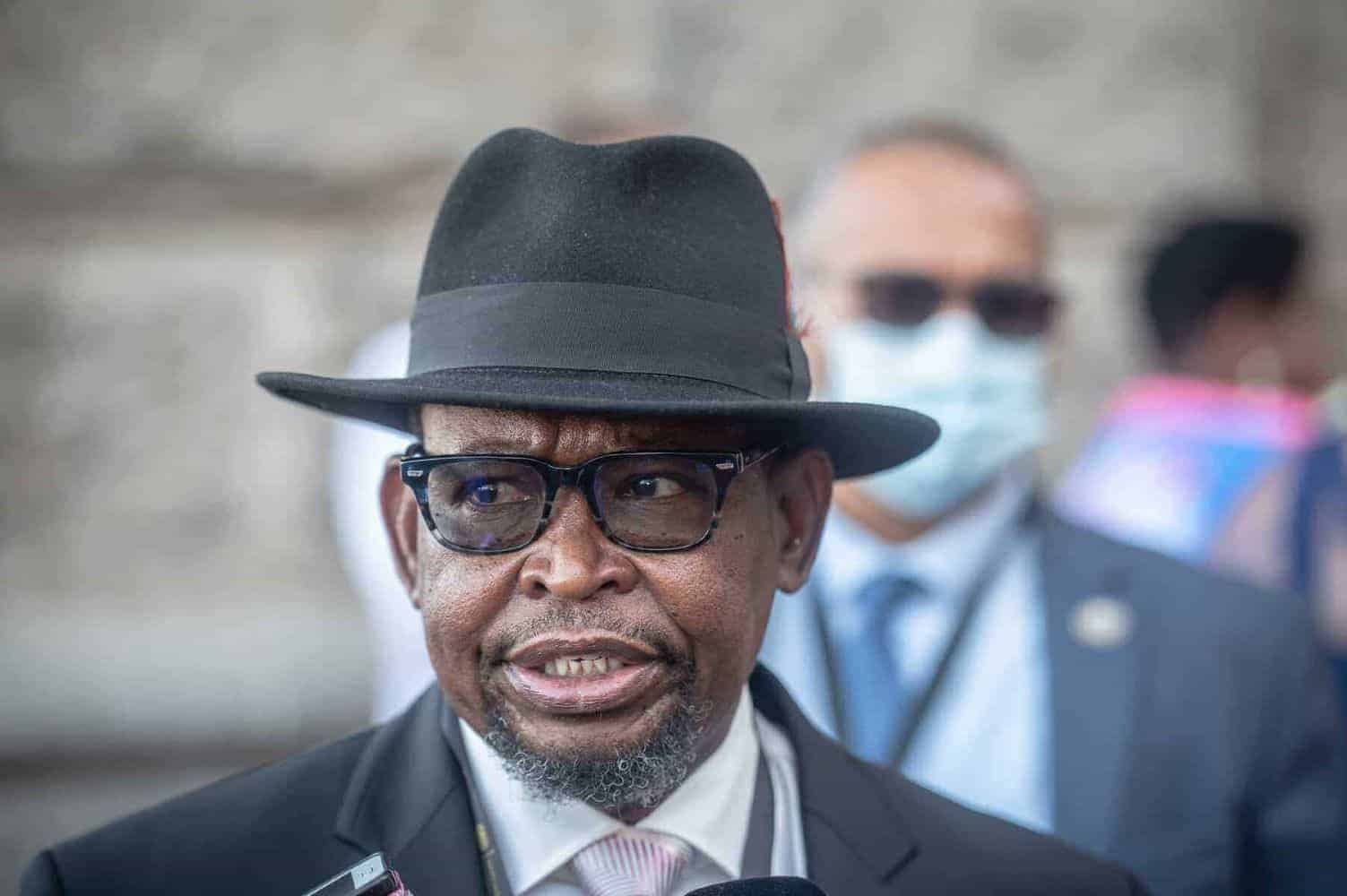One of the things South Africans will look for in the MTBPS is whether the Reserve Bank will make it official to set the inflation target at 3%.

Economists are optimistic about the upcoming MTBPS that finance minister Enoch Godongwana, will deliver on 12 November amid shifting global tides.
And after the debacle of Budget 2025 that was postponed twice, South Africans are wary of trusting the minister too much.
As South Africa prepares for the delayed release of the 2025 Medium-Term Budget Policy Statement (MTBPS), it is clear that this year’s fiscal update comes against a markedly different political and economic backdrop compared to the start of 2025, Maarten Ackerman, chief economist at Citadel, says.
He reminds us of the February National Budget that was abruptly cancelled just before Godongwana’s address due to a political gridlock over the proposed 2% increase in VAT.
Two revised versions were subsequently tabled in the following months, resulting in the MTBPS being delivered unusually late in November.
“When the February budget was conceived, global uncertainty was high, particularly due to US President Donald Trump’s renewed trade conflict rhetoric.
“The budget, while optimistic on growth, acknowledged persistent fiscal strain, with debt-to-gross domestic product (GDP) projected to peak near 80%, a key justification for the proposed VAT hike.”
ALSO READ: Is government planning to cut medical scheme tax credits to fund NHI?
Global picture very different now compared to time when Budget 2025 was delivered
However, he points out, the global picture has shifted today.
“The feared fallout from tariff hikes has been less severe than anticipated, while the US economy remains resilient and South Africa benefited from unexpected tailwinds.
“Concerns over the dollar’s reserve currency dominance prompted a surge in gold demand, boosting local exports.
“Policy shifts in the US, including the cancellation of electric vehicle subsidies, supported a platinum rally, revitalising South Africa’s mining sector, lifting the Johannesburg Stock Exchange (JSE) to record highs and strengthening the rand.”
However, Ackerman points out, while these developments certainly eased fiscal pressure, the recovery remains largely commodity-driven, not broad-based.
“With low productivity and high population growth, South Africa’s potential growth remains around 1%, far too low to achieve meaningful fiscal consolidation.”
He also notes that stronger-than-expected GDP growth and improved revenue from commodity gains contributed to lower bond yields, from around 11% at the time of the February National Budget to closer to 9% today.
ALSO READ: Great news for SA as it is finally removed from the FATF greylist
National Treasury expected to maintain disciplined fiscal stance in MTBPS
Ackerman expects the National Treasury to maintain a disciplined fiscal stance while adopting a cautiously optimistic tone.
“Although growth has improved slightly, both the fiscal deficit and debt-to-GDP ratio remain elevated. National Treasury’s revised revenue and growth assumptions will likely reflect optimism that may not fully align with the realities of global and domestic headwinds.”
Citadel forecasts under 1% growth for 2025, improving modestly to between 1% and 1.5% in 2026.
Ackerman says the MTBPS will also come at a pivotal moment for South Africa’s international credibility, coinciding with the country’s delisting from the Financial Action Task Force (FATF) grey list. This outcome could support foreign inflows and boost investor sentiment.
Despite short-term improvements, Ackerman cautions against complacency.
“To truly strengthen our fiscal position, South Africa must accelerate reforms that improve the ease of doing business, reduce red tape, address infrastructure bottlenecks and enhance competitiveness.”
He points out that South can only begin to stabilise its debt trajectory and achieve lasting fiscal consolidation through sustained reform and growth exceeding 2.5%.
“The key takeaway from this MTBPS must be the importance of policy certainty and reform momentum, because without it, even a stronger economy cannot deliver sustainable progress.”
ALSO READ: SA has only 24 to 36 months to escape economic stagnation in face of US tariffs
What will the MTBPS say about economic growth and GDP?
Mamello Matikinca-Ngwenya, Siphamandla Mkhwanazi, Thanda Sithole, Koketso Mano and Ame Muller, economists at FNB, say the 2025 Budget Review, informally referred to as Budget 3.0, projected real GDP growth of 1.4% in 2025, increasing to 1.6% in 2026 and 1.8% in 2027.
The accompanying downside scenario, presented at the time, anticipated weaker growth of 1.1% in 2025, 1.3% in 2026 and 1.8% in 2027. The FNB economists warn that the current baseline could come under pressure amid ongoing global trade uncertainty.
They say South Africa continues to face a 30% reciprocal tariff and remains in negotiations with the US administration to resolve.
“Meanwhile, private and public sector fixed investment remains subdued, with private investment down 3.2% year-to-date (January to June), general government investment down 1.4% and public corporations’ investment declining by 3.6%.
These outcomes fall short of the 2025 Budget’s projection of 3.2% growth in total fixed investment for 2025, they point out.
“Given these conditions, the 2025 MTBPS could revise its growth forecast closer to the downside scenario, broadly in line with our below-consensus baseline forecast of 1.0% in 2025, 1.3% in 2026 and 1.6% in 2027.”
ALSO READ: Will Reserve Bank still cut repo rate with inflation target of 3%?
Will Treasury lower its inflation forecasts in the MTBPS?
On the inflation front, outcomes so far have surprised to the downside compared to market expectations, the FNB economists say.
“Treasury may therefore lower its headline inflation forecasts from 3.7% (2025), 4.2% (2026) and 4.3% (2027) to levels closer to our projections of 3.3% for 2025, 3.5% for 2026 and 3.3%, for 2027.
“It will be important to monitor how Treasury’s forecasts align with the South African Reserve Bank’s (Sarb) recently emphasised preference for inflation at the lower end of the 3 to 6% target range. Markets will be watching closely for any policy guidance from the minister on this issue.
“Given its importance in signalling alignment, coordination and providing predictability, the minister may make an announcement at the 2025 MTBPS.”






